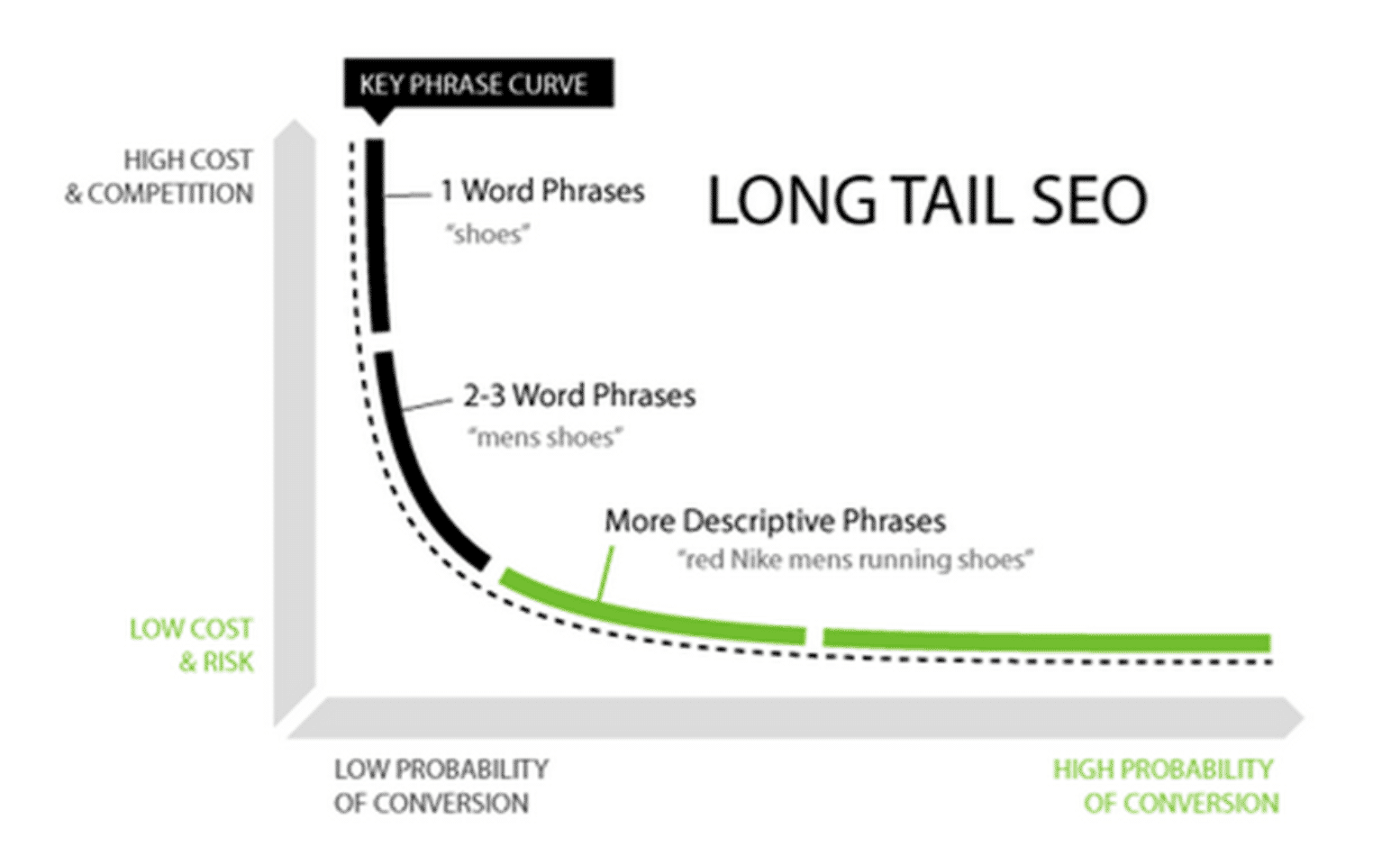
In the vast ocean of digital marketing, SEO is the compass that guides your website to the shores of success. But with millions of websites vying for attention, how do you ensure your content stands out? The answer lies in the strategic use of long-tail keywords. Imagine long-tail keywords as the secret paths that lead directly to your target audience, bypassing the crowded highways of generic search terms. Let's dive into how you can maximize your SEO strategy by leveraging long-tail keywords.
Understanding Long-Tail Keywords
Long-tail keywords are longer, more specific keyword phrases that visitors are more likely to use when they're closer to a point of purchase or when they're using voice search. For example, instead of searching for "shoes," a user might search for "best running shoes for marathons." These keywords are less competitive but highly targeted, making them a goldmine for SEO.
Why Long-Tail Keywords Matter
Improved Conversion Rates
Long-tail keywords often indicate a higher level of intent. Someone searching for "best running shoes for marathons" is more likely to make a purchase than someone searching for "shoes." By targeting these keywords, you're attracting visitors who are ready to convert.
Lower Competition
While short-tail keywords like "shoes" have high search volumes, they also come with intense competition. Long-tail keywords, on the other hand, have lower competition, making it easier for your content to rank higher in search engine results pages (SERPs).
Better Targeted SEO
Long-tail keywords allow you to target specific niches and audiences. This not only improves your chances of ranking higher but also ensures that the traffic you attract is relevant and engaged.
How to Use Long-Tail Keywords in Your SEO Strategy
Long-Tail Keyword Research
The first step in any SEO strategy is keyword research. Tools like Google Keyword Planner, SEMrush, and Ahrefs can help you identify long-tail keywords relevant to your niche. Look for keywords with low competition but high search intent.

Incorporating Long-Tail Keywords into Your Content
Once you've identified your long-tail keywords, the next step is to incorporate them into your content. This includes your blog posts, product descriptions, meta tags, and URLs. However, be careful not to overstuff your content with keywords. The goal is to use them naturally and strategically.
Keyword Optimization
Optimizing your content for long-tail keywords involves more than just including them in your text. You also need to ensure that your content provides value to the user. This means creating comprehensive, engaging, and informative content that answers the user's query.
Conversion Improvement
To maximize the conversion potential of long-tail keywords, ensure that your landing pages are optimized for conversions. This includes clear calls-to-action, easy navigation, and compelling copy that guides the user towards the desired action.
Tools for Long-Tail Keyword Research
There are several tools available to help you with your long-tail keyword research. Some of the most popular include:
- Google Keyword Planner: A free tool that provides keyword ideas and search volume data.
- SEMrush: A comprehensive SEO tool that offers advanced keyword research features.
- Ahrefs: Another powerful SEO tool that provides detailed keyword data and analysis.
- AnswerThePublic: A visual keyword research tool that provides insights into the questions people are asking about a particular topic.
Case Studies: Success with Long-Tail Keywords
Many businesses have seen significant success by incorporating long-tail keywords into their SEO strategy. For example, a small e-commerce store specializing in organic pet food saw a 300% increase in organic traffic by targeting long-tail keywords like "best organic dog food for puppies" and "organic cat food for sensitive stomachs."

Conclusion: Embrace the Power of Long-Tail Keywords
In the world of SEO, long-tail keywords are the unsung heroes. They may not have the same search volume as their short-tail counterparts, but they offer a unique opportunity to target specific niches, reduce competition, and improve conversion rates. By incorporating long-tail keywords into your SEO strategy, you're not just improving your search engine rankings; you're also providing valuable, targeted content to your audience.
So, are you ready to maximize your SEO strategy with long-tail keywords? The journey may seem daunting, but with the right tools and strategies, you can navigate the complex world of SEO and lead your website to success.
FAQs
What are long-tail keywords? Long-tail keywords are longer, more specific keyword phrases that visitors are more likely to use when they're closer to a point of purchase or when they're using voice search.
Why are long-tail keywords important for SEO? Long-tail keywords are important because they have lower competition, higher conversion rates, and allow for better targeted SEO.
How do I find long-tail keywords? You can find long-tail keywords using tools like Google Keyword Planner, SEMrush, Ahrefs, and AnswerThePublic.
How do I incorporate long-tail keywords into my content? Incorporate long-tail keywords naturally into your blog posts, product descriptions, meta tags, and URLs. Ensure that your content provides value to the user.
Can long-tail keywords improve conversion rates? Yes, long-tail keywords can improve conversion rates because they often indicate a higher level of intent. By targeting these keywords, you're attracting visitors who are ready to convert.
0 Komentar